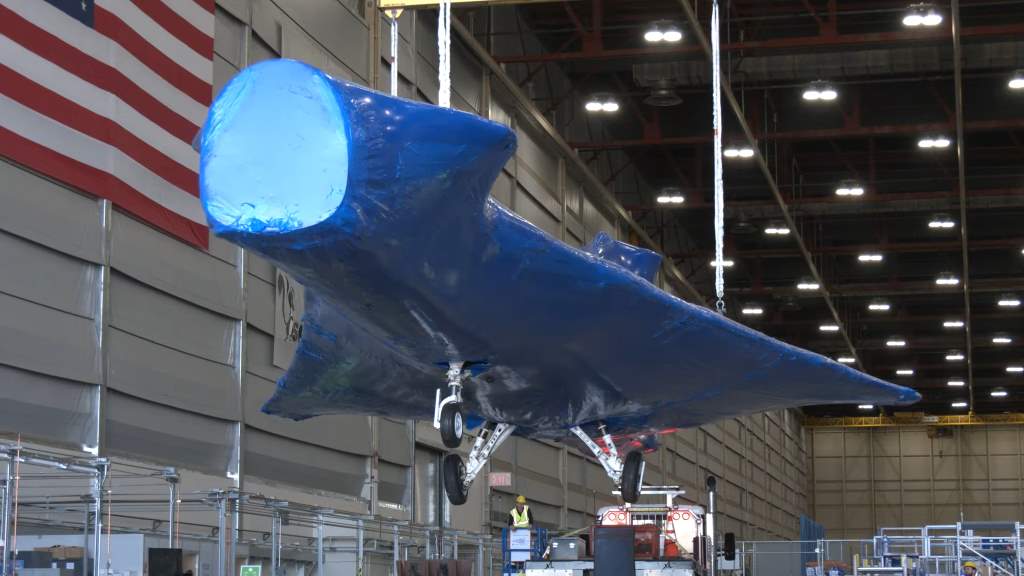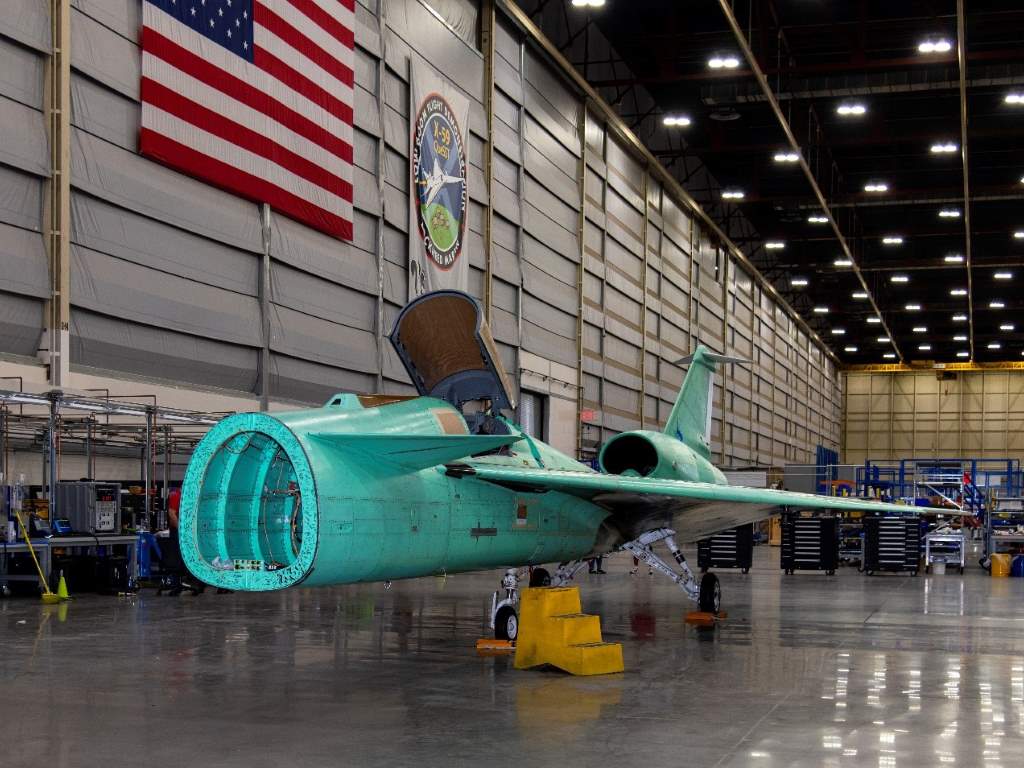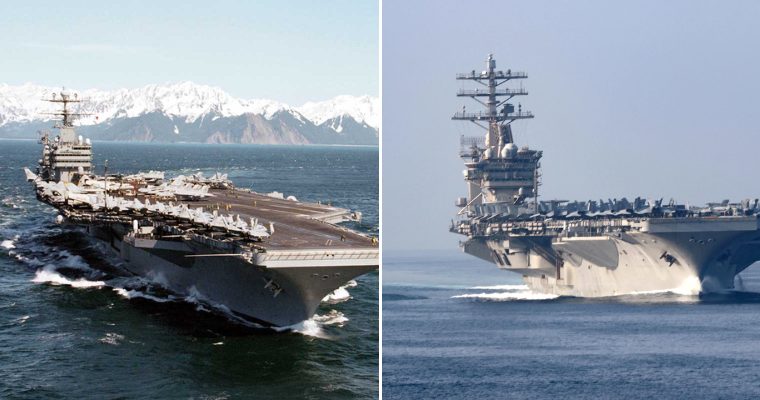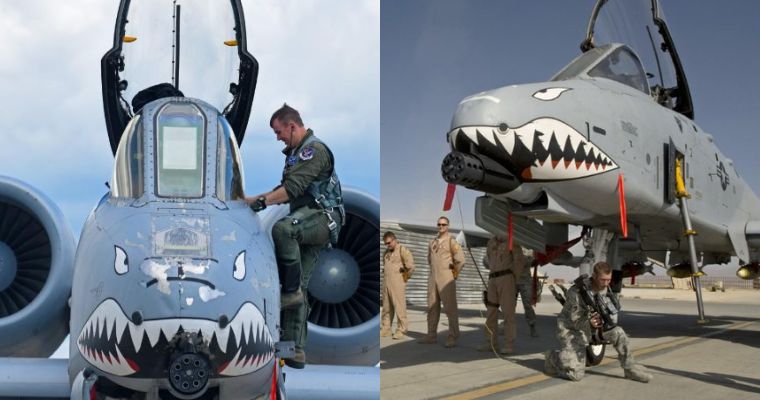NASA’s quiet supersonic demonstrator jet has arrived back at Lockheed Martin’s Skunk Works after completing several months of testing in Fort Worth, Texas.

An artist’s illustration of NASA’s X-59 supersonic plane built by Lockheed Martin. (Image credit: NASA/Lockheed Martin)
The plane, called the X-59 Quiet SuperSonic Technology (QueSST), needed to be moved to Texas for a series of important structural tests designed to expose the aircraft to small and extreme stresses.
The company’s Fort Worth facility is where the F-16 was built for many years. Test equipment still available needed some modifications to handle the X-59’s longer nose compared to the F-16, but those changes didn’t get in the way.
Mike Buonanno, a Lockheed Martin aerospace engineer who is the company’s vehicle lead for the X-59, explained: “Our Texas site has existing facilities to perform the kinds of tests needed. It would have been expensive and time consuming to design and build them from scratch in Palmdale. But in Fort Worth they’ve got the perfect facility with a full control room and all the support equipment needed to do those tests very efficiently.”

The X-59 wrapped up after delivery back from Fort Worth
With all the structural tests complete, the NASA/Lockheed Martin team then turned its attention to performing fuel tank calibration tests. The X-59’s gas tanks was filled, and fuel-remaining sensors inside were checked, not only with the aircraft sitting level but with it pitched and rolled.
The X-59 has now been returned to Skunk Works in Palmdale, where the rest of its major systems and subsystems will be installed – its GE engine, landing gear, cockpit displays – with the hope of having it ready for first flight late this year.
When that happens, the world’s focus will be on the California high desert where once again aviation history will be made.
NASA’s X-59 is designed to fly at supersonic speeds without making sonic booms. Instead, because of its shape, it is expected to produce quieter sonic ‘thumps’ that can barely be heard on the ground.

The unwrapped X-59 back at Skunk Works, ready for final assembly
Current rules prohibit aircraft from flying faster than the speed of sound over land. Those rules are based on speed, not noise. If the X-59 can publicly demonstrate that a plane can fly supersonic at an acceptable noise level, then those rules could be changed.

X-59 technology could be applied to new aircraft designs so commercial airlines might introduce faster-than-sound flights capable of speeding people coast-to-coast in half the time.
Source: aero-mag.com








